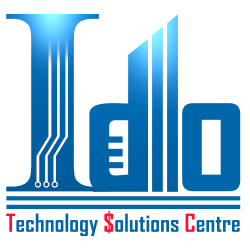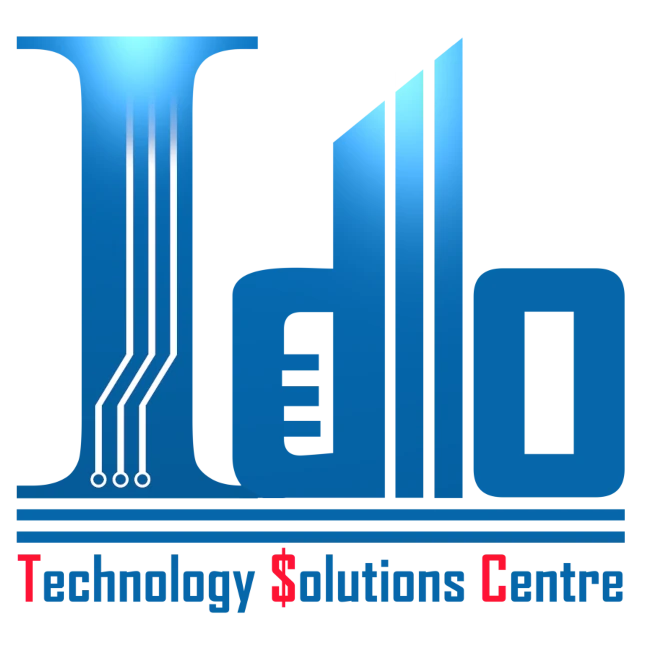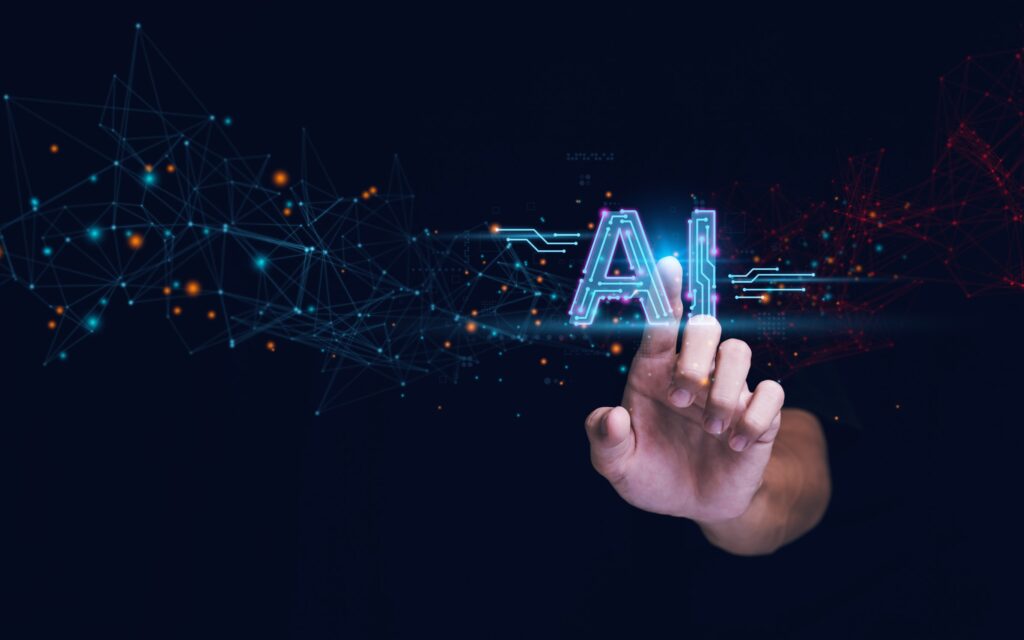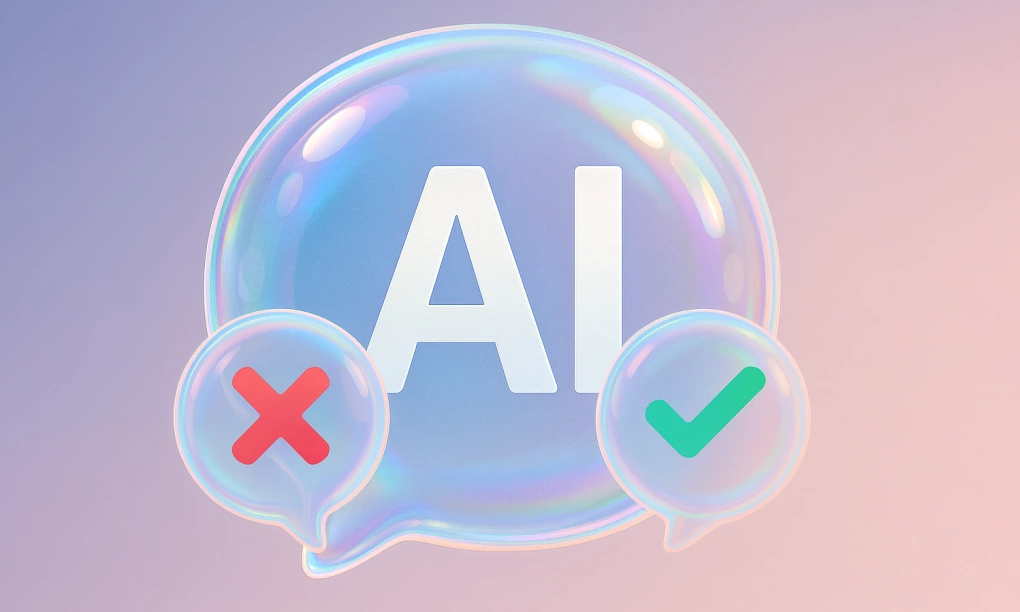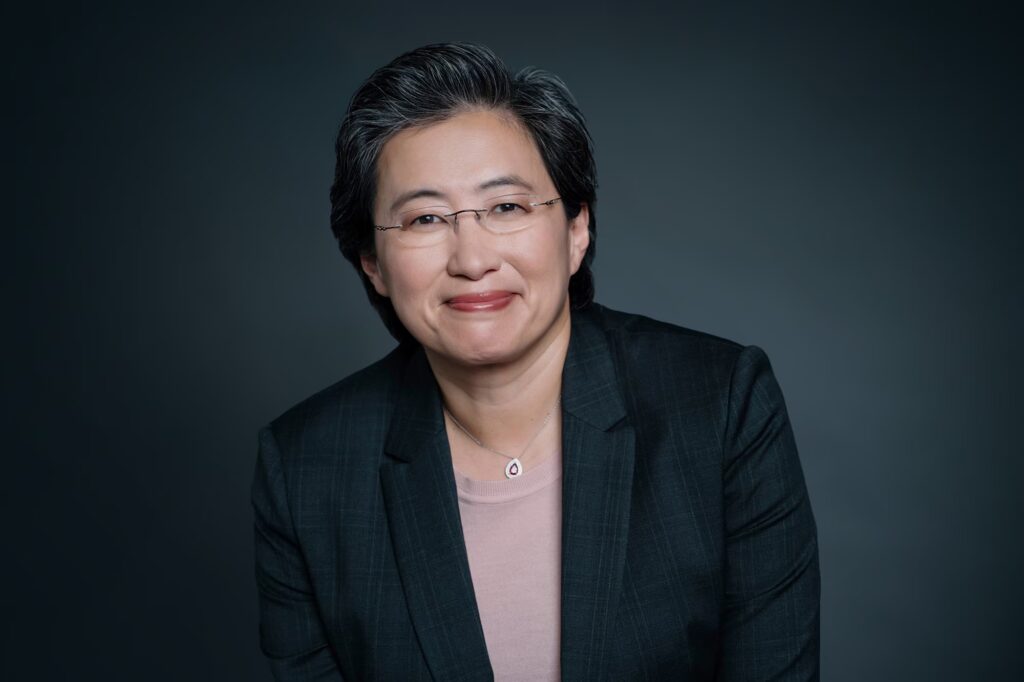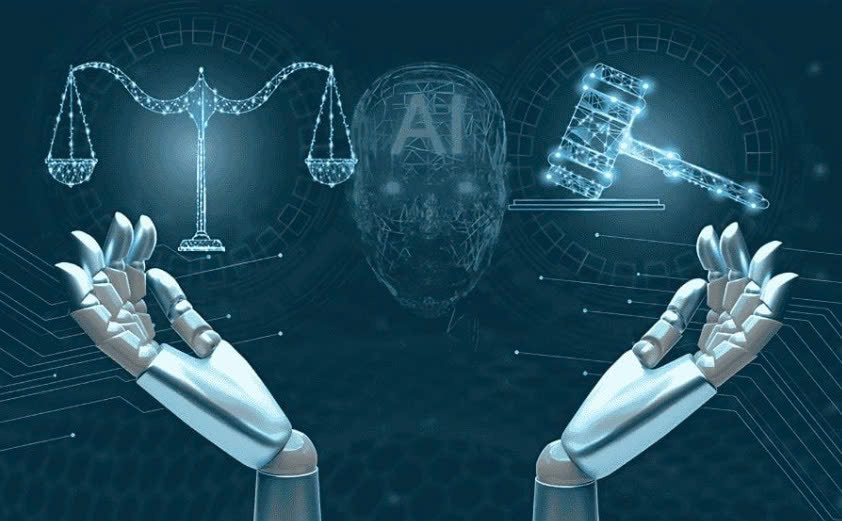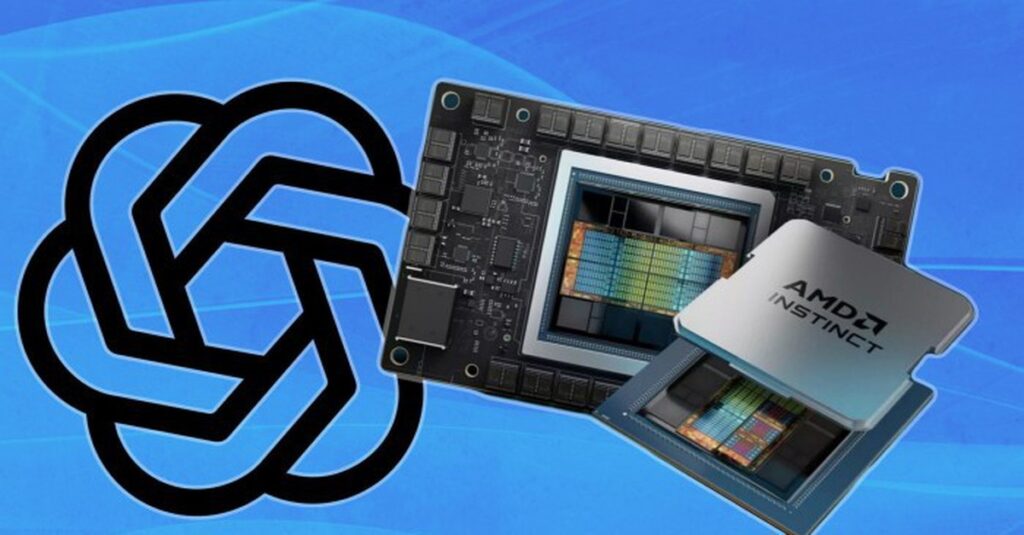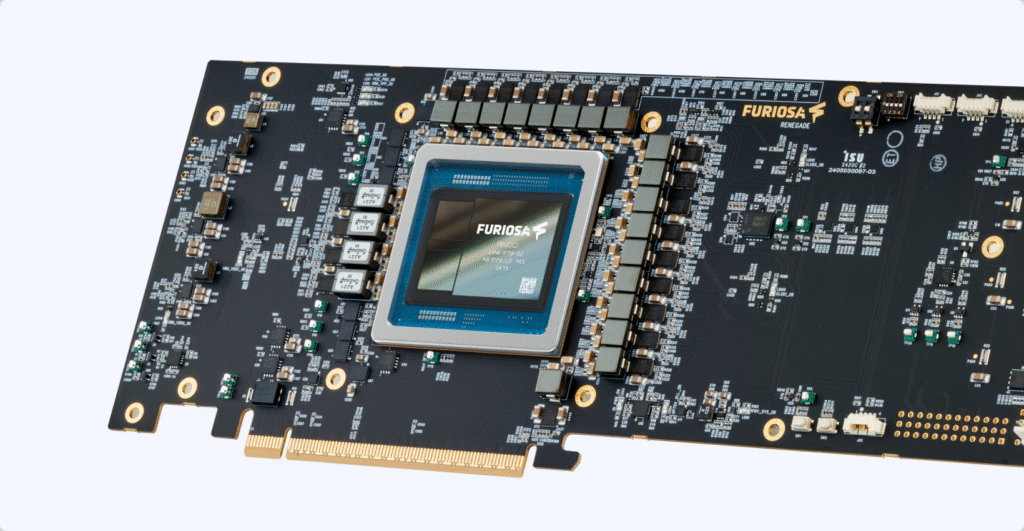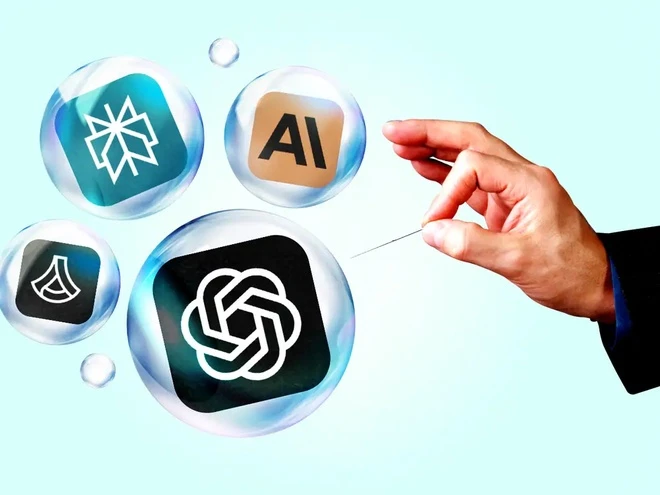THE CHALLENGE OF “GREENING” DATA CENTERS IN VIETNAM: A RACE FOR ENERGY AND SUSTAINABILITY IN THE AI ERA
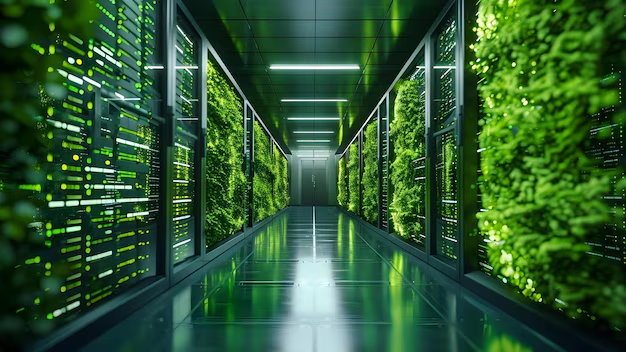
As the world enters the era of Artificial Intelligence (AI), the demand for computing power and data storage is escalating rapidly. Vietnam, with its strong potential for digital economy development, is emerging as a key market for building and expanding Data Center infrastructure. However, this growth is accompanied by a significant and critical challenge for the industry’s sustainable development: the challenge of “greening.” Data centers in Vietnam are facing enormous pressure from high power consumption, the need for cooling water resources, and the urgent requirement to minimize environmental impact. This is not only a matter of technology or cost but also a commitment by Vietnam to its sustainable development goals and international integration.
I. IMMENSE PRESSURE FROM ENERGY AND WATER IN THE AI ERA The explosion of AI is fundamentally changing the energy landscape of data centers. AI models demand significantly higher data processing and computational power compared to conventional tasks, leading to a sudden increase in electricity consumption.
1. Soaring Electricity Demand: The Burden of High Power Density According to a notable forecast by the International Energy Agency (IEA), by 2028, AI technologies could account for 15–20% of global data centers’ total electricity consumption, a significant rise from the 8% recorded in 2023. This highlights the speed and scale at which AI is “devouring” electricity. In Vietnam, this challenge is even more acute. Mr. Bui Quang Xuan, Chairman of the Vietnam Data Center Network Club (VDCC), pointed out the alarming reality of server rack power density. Previously, a typical server rack consumed about 4–6 kW; now, this figure has surged to 30 kW, and in many cases, especially for AI-serving data centers, the power density can jump to 120 kW. For high-intensity AI applications, energy demand can even exceed 500 kW per rack. This record-high electricity consumption poses a major challenge to the stable, sustainable, and environmentally friendly energy supply capacity in Vietnam.
2. Water Resource Crisis and Cooling Efficiency (WUE) Beyond electricity, cooling water is also an essential resource that traditional data centers rely on. In Vietnam, water is commonly used to cool servers. However, according to Mr. Bui Quang Xuan, the current Water Usage Effectiveness (WUE) metric for many Vietnamese data centers ranges from 1.6–1.8. This is a relatively high level, signaling resource wastage and is no longer aligned with the context of increasingly scarce water resources and the global trend toward sustainable development. The rising heat generated by high-power AI servers makes the need for cooling more critical than ever, directly pushing the WUE index higher without advanced technological solutions.
3. Climate Conditions and the Challenge of Cooling Technology A unique challenge for Vietnam is its climate conditions. The country’s characteristic hot and humid climate is not conducive to the globally common Free Cooling method (natural air cooling). In many temperate countries, Free Cooling can help reduce the power consumption of the cooling system by up to 40-50%. However, in Vietnam, the efficiency of this method is very low. This forces data centers in Vietnam to rapidly transition to more advanced and efficient cooling technologies such as Liquid Cooling or Immersion Cooling (submerging equipment in dielectric fluid) to ensure operational efficiency and meet international green standards.
II. BARRIERS TO INTEGRATION AND LACK OF LEGAL FRAMEWORK In addition to technical and resource challenges, Vietnam also faces hurdles related to mechanisms, policies, and synchronization with international standards.
1. Lack of International Renewable Energy Connection Mechanisms (DPPA) One of the prerequisites for foreign investors when building data centers is the ability to access and utilize renewable energy. They often require the signing of a Direct Power Purchase Agreement (DPPA). DPPA allows them to switch back and forth between their renewable energy sources and the national grid across their data centers. However, Vietnam is still in the process of finalizing DPPA regulations, and the lack of a clear mechanism is making foreign investors, especially large technology corporations with Net Zero Carbon commitments, hesitant to invest in the Vietnamese market.
2. Missing National Regulatory Framework for Green Indices To integrate with the international market and attract investment, Vietnam needs a system of clear standards and regulations on data center operational efficiency. Currently, Vietnam still lacks clear regulations on critical metrics such as:
- PUE (Power Usage Effectiveness): Energy usage efficiency.
- WUE (Water Usage Effectiveness): Water usage effectiveness.
- VUD (Virtualization Usage Effectiveness): Data virtualization usage effectiveness.
- Carbon Emissions: Regulations on Carbon Emissions.
- Green Data Centers: Standards for Green Data Centers. The absence of synchronized and transparent national standards causes foreign companies to worry about the feasibility and sustainability of investment projects, while reducing the competitiveness of the Vietnamese market compared to countries in the region that already have clear green commitments and standards.
III. “GREEN” TECHNOLOGY SOLUTIONS ARE EMERGING Despite facing numerous challenges, Vietnam’s data center industry has begun to adopt and apply advanced technological solutions to address the “greening” problem.
1. Next-Generation Cooling Technologies: Liquid Cooling and Immersion Cooling Liquid cooling technologies are becoming the optimal solution for ultra-high-power AI servers.
- Liquid Cooling: Technology that uses specialized fluids to directly absorb heat from hot components like the CPU and GPU.
- Immersion Cooling: The entire hardware is submerged in a dielectric fluid. This technology offers superior cooling efficiency, significantly reducing energy consumption and extending hardware lifespan. Typically, leading technology corporations such as NVIDIA have been developing hardware cooling technology, particularly for GPUs, submerged in fluid. This technology not only reduces temperature but also optimizes server performance, contributing to lower operating costs and increased competitiveness for data centers. Major solution providers like Schneider Electric have also introduced liquid/hybrid liquid cooling solutions—Motivair—in Vietnam, capable of handling ultra-high-power AI racks, up to 70-132 kW/rack, and even 600 kW/rack. According to Mr. Pham Huy Hoang, Deputy Director of the Technical Unit at CMC Telecom’s Data Center, adopting next-generation cooling technologies is essential. “The future will require data centers to have very high flexibility in capacity, cooling, and design to meet diverse application requirements,” Mr. Hoang emphasized.
2. Smart Grid Optimization using Digital Technology Applying technology to manage and optimize the power grid is also a key solution. Schneider Electric, leveraging its strength in automation and energy, uses technology that allows for a direct reduction of about 1% of electricity consumption across the entire grid, without requiring major additional hardware infrastructure investment. This smart intervention helps enhance the operational efficiency of the national grid, indirectly supporting stable energy supply for data centers.
IV. FIVE CORE SOLUTIONS TO “GREEN” VIETNAMESE DATA CENTERS To thoroughly address the challenges and promote the “greening” of data centers, Mr. Bui Quang Xuan, Chairman of VDCC, proposed five strategic solutions that require unified effort from the government, investors, and businesses:
1. Applying AI and Machine Learning in Smart Operations The application of Artificial Intelligence (AI) and Machine Learning not just in computation but also in data center operations is key to improving efficiency. AI can automatically balance energy and water needs, predict and optimize cooling performance, thereby minimizing manual intervention and maintaining stability and efficiency while cutting operating costs.
2. Training and Developing High-Quality Human Resources An advanced, green, and sustainable data center requires a highly skilled operation team. Qualified personnel help run the system stably, ensure compliance with international standards for PUE, WUE, and carbon emissions, creating a solid foundation for the sustainable development of the digital industry.
3. Promoting DPPA Signing to Access Renewable Energy The most urgent solution in terms of policy is to expedite the completion of the legal framework and the signing of Direct Power Purchase Agreements (DPPA) between data center operators and renewable energy producers. This not only helps reduce the load on the national grid but also strongly encourages the use of green energy, meeting the investment criteria of international corporations.
4. Combining Renewable Energy Development with Energy Storage (BESS) To meet the growing energy demand of the digital economy, especially from AI, Vietnam needs to strongly combine the effective exploitation of wind and solar power with investment in Battery Energy Storage Systems (BESS). Vietnam Electricity (EVN) has an ambitious plan, anticipating investments in energy storage batteries to reach a capacity of 10-16 GW by 2030. This will help address the issue of intermittent supply from renewable energy, ensuring stable power for data centers.
5. Developing New National Standards for PUE, WUE, and Green Data Center Vietnam urgently needs to develop and issue new national standards that are clear and aligned with international best practices for PUE, WUE, carbon emissions, and Green Data Centers. This will create a transparent and fair playing field, not only helping domestic data centers operate more efficiently but also serving as a “ticket” for Vietnam to attract investment from major international data centers.
CONCLUSION: COLLABORATION TO OVERCOME THE CHALLENGE The challenge of “greening” data centers in Vietnam is not just a task for the IT sector but a national project, directly impacting the country’s sustainable development goals and digital economy position. To overcome the “thirst” for energy and water in the AI era, advanced technological solutions like liquid cooling, combined with changes in policy mechanisms such as promoting DPPA and establishing green standards, are the essential path forward. Mr. Bui Quang Xuan emphasized the spirit of cooperation: “In all fields, we should not go it alone. Investors, the government, and design consultants must always collaborate to solve major problems.” Only with tight collaboration between the government in creating an open legal corridor, investors in committing to green technology, and businesses in sharing best operational practices, can Vietnam transform the “greening” challenge into an opportunity to rise as a sustainable and environmentally friendly regional data center hub.
